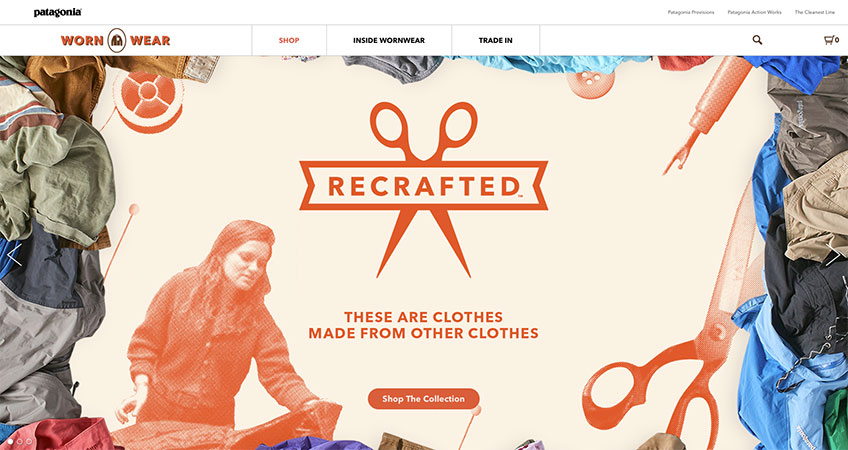Following the recession in the late 2000’s, consumers tightened their proverbial belts and ushered in an era that was dubbed the New Frugality. At the time, economists predicted that consumers would be more conscious about what they were spending their money on and a renewed focus would collectively be placed on making the most of every dollar.
Fast forward to 2020 and the current global pandemic, the idea of conservative shopping is something that holds as much weight as ever. With unemployment numbers rising every day, brands must understand that “little luxuries” may be the way that consumers treat themselves and relieve some stress. Whether this means a nice bath bomb instead of a spa day, or a new cell phone case instead of a new cell phone, little luxuries present a great opportunity for the brands that are able to deliver value, quality, and/or an experience for consumers.
Value
We’ve all been in a situation where someone compliments a recent purchase and we just have to inform them of how good of a deal it was. Maybe the product was on sale, or maybe it is from a new company that offers lower prices than competitors, but just because something is considered cheap doesn’t mean that it can’t also be considered a luxury.
Direct-to-consumer brands like Warby Parker and Indochino have leveraged this idea and used the internet and social media to sell their products at a lower price than the competition. Not only are they able to keep their costs down by selling directly to consumers, they are also in complete control of their marketing, customer experience and data. Though the DTC industry isn’t bulletproof, it does provide an example of how innovative brands are able to create value for their customers in ways that had not previously been thought of.
Quality
While there will always be a strong market for products and services that provide the best value, price can often be outweighed by something that is high quality. In fact, a recent study conducted by First Insight found that 53 percent of respondents viewed quality as the most important factor when making a purchase decision.
Outdoor clothing companies like Patagonia and L.L. Bean are great examples of this. Though their products may not be the cheapest on the market, their style and durability have created communities of passionate advocates. On Patagonia’s Worn Wear website, they share DIY repair tips and have a blog where customers can post stories about their favorite pieces of clothing. The brand’s Ironclad Guarantee further justifies a steeper price, proving to customers that the investment is worth it.


Experiences
Before COVID-19, 74 percent of Americans prioritized experiences over products, with consumers of all generations saying they would rather spend their money on something memorable and interactive. Coming out of self isolation, this urge will be even stronger–especially for younger demographics. Though there will still be safety and social distancing concerns that need to be addressed, brands that can go above and beyond in creating destinations will be able to entice consumers to come and spend some time. Though they may or may not buy anything, the goal is that they walk away with a memorable experience and story to share. Somewhere, Kramer is wondering where his royalties are.
The idea of a “little luxury” can mean something different to everyone, but the concept translates across generations, salary brackets, and living situations. Consumers are constantly looking for products and services that will provide the best bang for their buck. As the ramifications of COVID-19 become fully realized, value, quality and experience are just three ways in which this can be achieved, but retailers will have to determine which method resonates most with their target audience. If they don’t, someone else certainly will.

